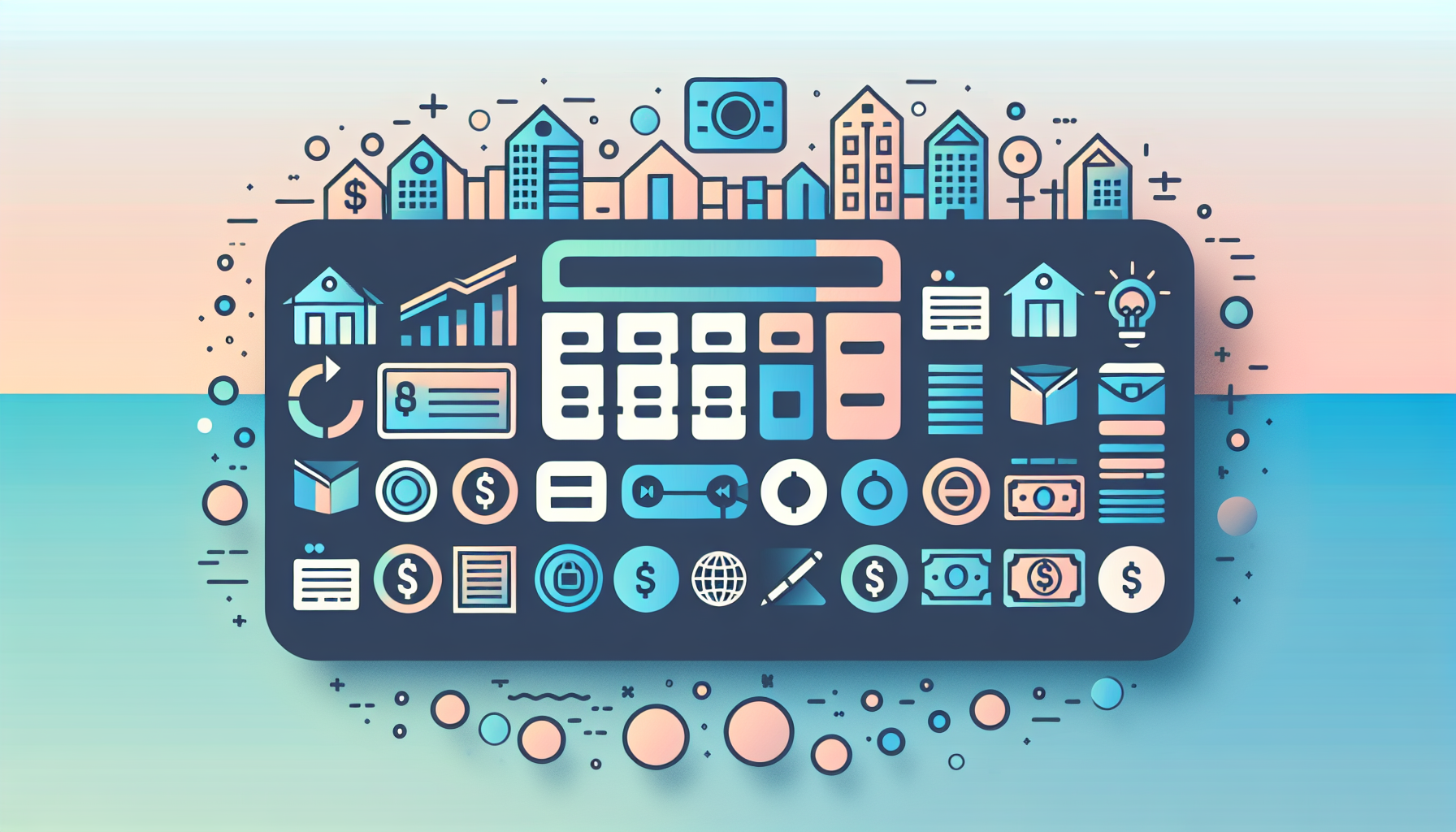How to Use a Cash-Out Refinance Wisely

Navigating the Benefits and Challenges of Cash-Out Refinances
When considering a cash-out refinance, it's crucial to understand the intricacies of this financial tool to make an informed decision. Here’s a comprehensive guide on how to use a cash-out refinance wisely, covering strategies for home improvement financing, debt consolidation, and more.
Understanding Cash-Out Refinances
A cash-out refinance involves replacing your current mortgage with a new, larger loan, allowing you to access a lump sum of cash based on the equity in your home. This process is similar to a traditional refinance but with the added benefit of receiving cash from the difference between the new loan amount and your current mortgage balance.
How Much Can You Borrow?
The amount you can borrow is determined by your home's value and the loan-to-value (LTV) ratio set by your lender. Most lenders allow you to borrow up to 80% of your home's value, meaning you must retain at least 20% equity in your home. For example, if your home is valued at $450,000 and you owe $300,000, you could potentially borrow up to $360,000 (80% of $450,000) and receive $60,000 in cash after paying off your existing mortgage.
Strategies for Home Improvement Financing
One of the most popular uses of a cash-out refinance is to fund home improvement projects. Here are some ways you can leverage this option:
Accessing Funds for Major Projects
If you need to undertake significant home renovations, such as remodeling a kitchen or adding a new wing to your house, a cash-out refinance can provide the necessary funds. For instance, if you owe $200,000 on a home valued at $325,000, you could apply for a cash-out refinance for $225,000 to cover the $25,000 kitchen remodel and pay off your existing mortgage.
Smaller Improvements
Even smaller projects can benefit from the extra funds provided by a cash-out refinance. You could use the money to hire painters, get new appliances, add energy-efficient window coverings, or refresh your landscaping. These improvements can enhance your living space and potentially increase your home’s resale value.
Debt Consolidation with a Cash-Out Refinance
Another strategic use of a cash-out refinance is for debt consolidation. Here’s how it works:
Leveraging Home Equity to Pay Off Debt
By using a cash-out refinance, you can consolidate high-interest debts such as credit cards and personal loans into a single, lower-interest mortgage payment. This can simplify your financial obligations and reduce your overall interest burden. For example, if you have multiple debts with varying interest rates, you can use the cash from your refinance to pay off these debts and then manage a single mortgage payment with a potentially lower interest rate.
Benefits of Consolidation
Consolidating debt through a cash-out refinance can offer several benefits, including lower monthly payments and reduced financial stress. Since mortgage interest rates are often lower than those of credit cards and personal loans, this strategy can save you money over time. Additionally, you may only need to make one monthly payment instead of multiple payments to different creditors.
Qualifying for a Cash-Out Refinance
To qualify for a cash-out refinance, you need to meet several criteria:
Equity Requirements
Lenders typically require that you have at least 20% equity in your home. This means your mortgage balance should be significantly less than your home’s current market value.
Credit Score
A good credit score is essential. Most lenders prefer a credit score of 620 or higher, though some may offer options for lower scores. Improving your credit score can help you qualify for better interest rates.
Debt-to-Income Ratio
Your debt-to-income (DTI) ratio is also crucial. Lenders generally require that your DTI ratio is 43% or less, meaning your other monthly debt payments plus your new mortgage payment should not exceed 43% of your gross monthly income.
Employment and Income Stability
Proof of stable employment and consistent income is necessary to demonstrate your ability to repay the new loan. This typically involves providing pay stubs or tax returns.
Managing Closing Costs
When considering a cash-out refinance, it's important to factor in the closing costs. These costs can range from 2% to 6% of your loan amount and include origination, title, appraisal, and credit report fees. You can pay these costs out of pocket or request the lender to deduct them from your payout. Some lenders offer no-closing-cost refinance options if you accept a higher interest rate.
Getting the Best Cash-Out Refinance Rates
To secure the best rates for your cash-out refinance, follow these steps:
Improve Your Credit Score
A higher credit score can significantly lower your interest rates. Aim for a score of 780 or higher for conventional loans, and ensure you maintain good credit habits to avoid higher interest charges.
Borrow Less
Your LTV ratio impacts your interest rate. Borrowing less money by paying down your mortgage principal before refinancing can help you qualify for better rates and make your monthly payments more manageable.
Shop Around for Lenders
Comparing offers from multiple lenders can help you find the best rates. Use online comparison sites or collect loan estimates from several lenders to compare APRs and interest rates.
Real-World Examples and Case Studies
Let's look at a few real-world scenarios to illustrate how a cash-out refinance can be used wisely:
Example 1: Home Improvement
Sarah owns a home valued at $300,000 with a current mortgage balance of $200,000. She wants to remodel her kitchen, which will cost $40,000. By doing a cash-out refinance for $240,000, she can pay off her existing mortgage and receive $40,000 in cash for the kitchen remodel. This not only enhances her living space but also potentially increases her home’s resale value.
Example 2: Debt Consolidation
John has multiple high-interest debts totaling $50,000 and a home valued at $400,000 with a mortgage balance of $250,000. He can do a cash-out refinance for $300,000, pay off his existing mortgage, and use the remaining $50,000 to consolidate his debts. This simplifies his financial obligations and reduces his overall interest burden.
Conclusion and Next Steps
A cash-out refinance can be a powerful financial tool when used wisely. Whether you're looking to finance home improvements or consolidate debt, it's essential to understand the process, qualifications, and potential benefits.
- Calculate Your Potential: Use tools like the WP Ultimate Loan & Mortgage Calculator to estimate how much you could borrow and what your new monthly payments might be.
- Consult Professionals: If you're unsure about the best approach, consider consulting with a financial advisor or contacting our team for personalized advice.
- Shop Around: Always compare offers from multiple lenders to find the best rates and terms for your situation.
By following these guidelines and carefully evaluating your financial situation, you can make the most of a cash-out refinance and achieve your financial goals.
For more detailed information on mortgage refinancing and home improvement financing, you can also check out resources from LendingTree, Credible, and Chase. These platforms offer valuable insights and tools to help you navigate the process effectively.











